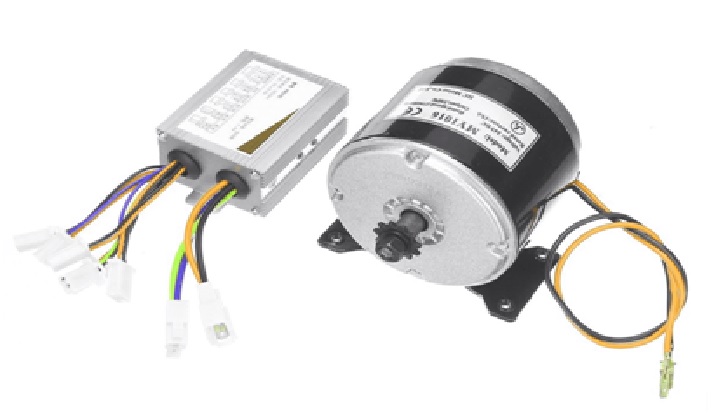The Technology of Solar Wireless Electric Vehicle Charging System
Charging uses a new type of energy transmission technology – wireless power technology. This technology frees the charger from the limitations of the line and allows the appliance and power supply to be completely separated. It shows better advantages than traditional chargers in terms of security, flexibility and so on. [1] Today, with the rapid development of science and technology, wireless charging has shown broad development prospects.

Figure 1: The Wireless Charging Technology [2]
At present, wireless charging technology is being explored and applied in various fields. Because the farther the wireless transmission distance is, the higher the energy consumption of the device is. In order to realize long-distance high-power radio electromagnetic conversion, the energy consumption of the equipment is high. Therefore, the realization of efficient energy transmission of wireless charging is the primary issue of the popularization of wireless chargers. On the other hand, the problem to be solved is to establish a unified standard, so that different types of wireless chargers can match with different electronic products, so as to achieve wireless charging. The figure 1 shows the wireless charging system.
The system makes use of a solar panel, battery, transformer, regulator circuitry, copper coils, AC to DC converter, atmega controller and LCD display to develop the system. The system demonstrates how electric vehicles can be charged while moving on road, eliminating the need to stop for charging. [3] The solar panel is used to power the battery through a charge controller. The battery is charged and stores dc power. The DC power now needs to be converted to AC for transmission. For this purpose we here use a transformer.
The power is converted to AC using transformer and the regulated using regulator circuitry. This power is now used to power the copper coils that are used for wireless energy transmission. A copper coil is also mounted underneath the electric vehicle. When the vehicle is driven over the coils energy is transmitted from the transmitter coil to ev coil. Please note the energy is still DC current that is induced into this coil. Now we convert this to DC again so that it can be used to charge the EV battery.
We use AC to DC conversion circuitry to convert it back to DC current. Now we also measure the input voltage using an atmega microcontroller and display this on an LCD display. Thus the system demonstrates a solar powered wireless charging system for electric vehicle that can be integrated in the road.
However, in today’s electric cars, extended journeys require careful planning to ensure that the battery is fully charged at the starting point and that compatible fast-charging stations are available en route. [4] It would be much more convenient if batteries could be recharged wirelessly while travelling on the road so that no break for recharging is necessary.
Also, their batteries could be made much smaller, leading to reduced costs and increased adoption. Basically, wireless vehicle charging, much like placing a smartphone on a charging pad instead of plugging it in, charges the battery when the car is parked over a charger pad placed on the ground below. This means no bulky cables need to be lifted out of the boot of the vehicle.
References:
- https://lifeasahuman.com/2019/media-tech/technology/what-is-wireless-charging-what-are-its-advantages-and-disadvantages/
- https://www.edn.com/design-considerations-for-wirelessly-charging-evs/
- https://nevonprojects.com/solar-wireless-electric-vehicle-charging-system/
- https://www.electronicsforu.com/market-verticals/wireless-charging-electric-cars-reality
Cite this article:
Vinotha D (2022), The Technology of Solar Wireless Electric Vehicle Charging System, AnaTechMaz, pp.184















